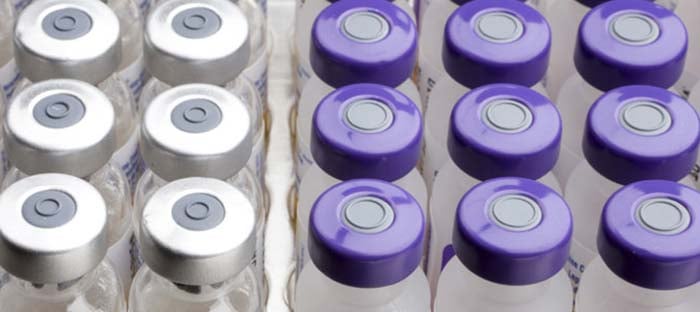 Image Credit: Time
Image Credit: Time
The CDC Vaccine Storage and Handling Toolkit can seem a little overwhelming. Alex Evans, PharmD, CGP, spent an hour with us to walk through how to safely and effectively store and manage your vaccines through appropriate temperature monitoring, cold storage equipment, and efficient processes.
Alex Evans, PharmD, CGP, is the Pharmacy Manager at Seton Outpatient Pharmacy in Jacksonville, Florida, and preceptor for the University of Florida and Florida A&M University. He has direct experience dealing with temperature excursions and vaccine loss. He brings knowledge and experience to help you successfully navigate the CDC Vaccine Storage and Handling Toolkit and apply efficient and effective techniques to increase patient safety and decrease vaccine waste.
Temperature Monitoring
CDC recommends the use of a continuous monitoring and recording digital data logger (DDL) with a current and valid Certificate of Calibration Testing, (also known as a Report of Calibration), set at a minimum recording interval of at least every 30 minutes. Many DDLs use a buffered probe to more accurately reflect vaccine temperature. Additional important DDL characteristics:
- Detachable probe in a thermal buffered material (e.g., glycol, glass beads, sand, Teflon®)
- Alarm for out-of-range temperatures
- Low-battery indicator
- Current, minimum, and maximum temperature indicators
- Recommended uncertainty of +/-0.5° C (+/-1° F)
- Logging interval (or reading rate) that can be programmed by the user (at least every 30 minutes)
Vaccine Storage Equipment
CDC recommends that you use purpose-built units designed to either refrigerate or freeze (can be compact, under-the counter-style or large units). Providers should never store vaccines in a dormitory style unit. Medical-grade units typically feature the following:
- Microprocessor-based temperature control with a digital temperature sensor (thermocouple, resistance temperature detector [RTD], or thermistor)
- Forced-air circulation for maximum temperature uniformity & recovery after door openings
- Safeguards to ensure the doors of the unit remain closed (for example, self-closing door hinges, door alarms, door locks, etc.)
Some vaccine storage manufacturers offer customer configuration of shelves and drawers specifically designed for vaccine storage.
To learn more on successfully applying the CDC Vaccine Storage and Handling Toolkit to your vaccine program, watch the recorded webinar with Alex Evans, PharmD, CGP. Alex answers some of the most frequently asked questions when it comes to continuous monitoring and proper vaccine storage equipment.




